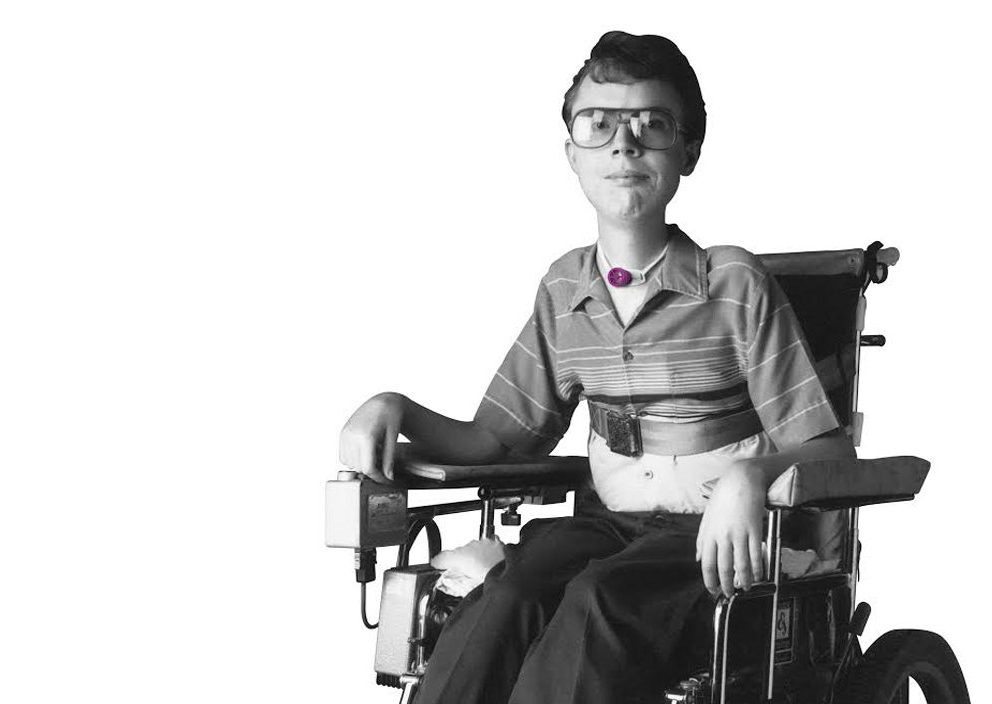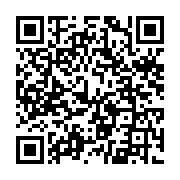
The next time someone references a “crutch” as a negative idea, feel free to redirect attention to the fact that a crutch is a poor colloquialism for laziness or a stopgap measure considering it is a net good for humans to improve accessibility. In fact, a crutch is one of many assistive devices that allows disabled people to navigate life in a more equitable fashion.
Despite advocacy efforts to improve accessibility across spheres like healthcare, education, and public services, meaningful implementation of these changes to physical environments, social environments, and policy often occurs at a low rate. Implementing changes to improve accessibility may sound like an intuitive and straightforward process, but logistical and socio-cultural obstacles may stand in the way. Anyone who lives in a society informed by ableism may need extra prompting to understand how improvements to accessibility are necessary and improve societies by adding the essential voice of disabled people into the public. In an effort toward pragmatic solutions to inequity, groups including activists, engineers, orthotists, and patients have worked to implement accessibility for individuals with disabilities and chronic illnesses through the development of assistive devices and technology. Considering that 1 in 4 American adults has some form of disability, accessibility is likely a need relevant to a significant proportion of U.S citizens; assistive devices play a crucial role in making this possible.
Assistive devices can significantly reduce distress and improve safety and quality-of-life, but they may not always be affordable or accessible. Fortunately, many non-profit and state-funded organizations around the country make efforts to bridge this gap by making it easier for patients to obtain these necessary devices. Medical providers can make a difference by connecting patients who may benefit from the use of assistive devices to these organizations, ensuring they are aware of the tools that can help them maximize comfort as they navigate life. This link leads to a list of resources by state and may be useful for you, your loved ones, and your patients with needs for assistive devices.
Let’s explore some examples of assistive devices to contextualize their benefits.
Here are some forms of assistive devices used by patients with Parkinson’s disease to improve access to activities of daily living. To help with gait stability, people may use walkers or canes. Taking a shower may be challenging with resting tremors, proprioceptive disturbances, and gait difficulties, so shower chairs can make this frequent task safer and less taxing. A shoehorn is a great example of an assistive device used by non-disabled and disabled people alike; patients with Parkinson’s disease in particular may appreciate using a shoehorn to don footwear more easily. Another clothing modification is using magnetic fasteners for shirts and pants to ameliorate the task of fastening buttons and zippers. A simple and well-engineered solution to mealtime difficulties with a resting tremor is the swivel spoon, which counterbalances tremulous movement with a mobile spoon head to prevent spills. People with Parkinson’s disease may need to continually modify their approach to daily tasks if their symptoms change or progress. Therefore, access to affordable or even free assistive devices through government programs can help make day-to-day living safer and more equitable through assistive devices.
While these examples have obvious assistive roles, the next category of devices might surprise you, as you probably already own one. Indeed, smartphones and tablets, while commonplace in many regions, can also function as assistive devices. Access to communication and language provides immense benefits in regard to the right to self-determination and autonomy, but many disabilities impact one’s access to typical forms of communication. Augmentative and assistive communication devices can help meet the essential need for communication for people with disabilities. For example, some hospitals use live interpreters through tablets with video interfaces to communicate with Deaf patients who use ASL, and Autistic individuals across varying levels of support needs can use an iPad or other tablet as an assistive communication device to express themselves by selecting, compiling, and sharing words and phrases by visual interface. People with cerebral palsy or other motor conditions that limit access to generating spoken or sign language may benefit from communication devices like the Smartbox Grid Pad, a specialized tablet featuring large, programmable displays, or other specialized devices, such as the Tobii Dynavox, which implements eye-gaze communication. These tools allow people to access a world that often fails to accommodate them, creating opportunities for career growth, education, independence, and travel. Everyone deserves equitable opportunities and resources, and meaningful physician encounters with disabled people are key to ensure these accessibility needs are met.
Disabled and non-disabled future physicians should remain informed about opportunities for patients to improve their quality of life through assistive devices. Physicians can also improve access by advocating for the continued funding and development of assistive technology programs, especially in smaller communities or those with less robust public health coverage where access may be limited. Groups across the spectrum of disability can and must build a future with massive access to devices and technologies that generate equity for people with disabilities.
Citations:
